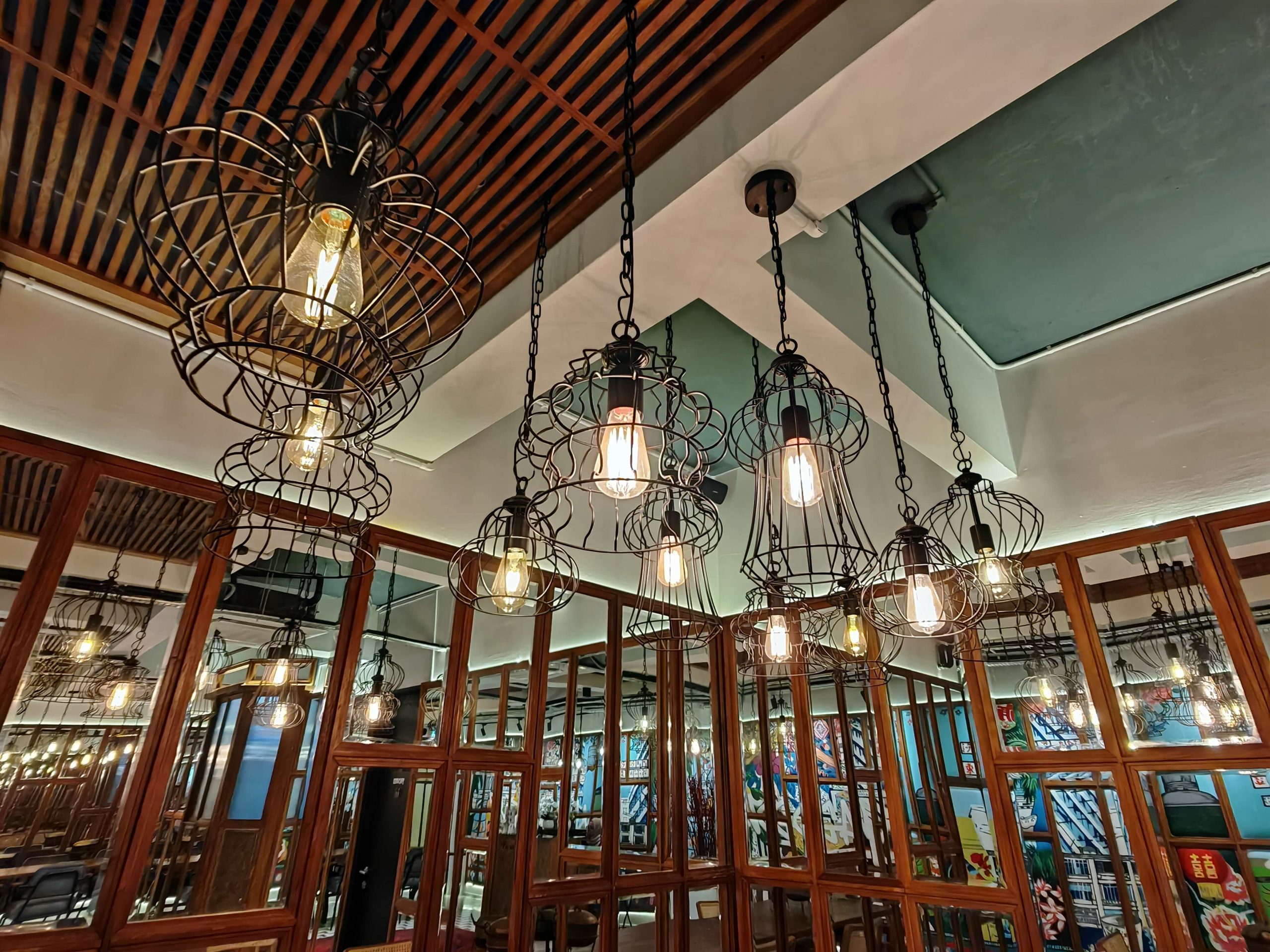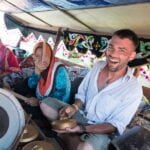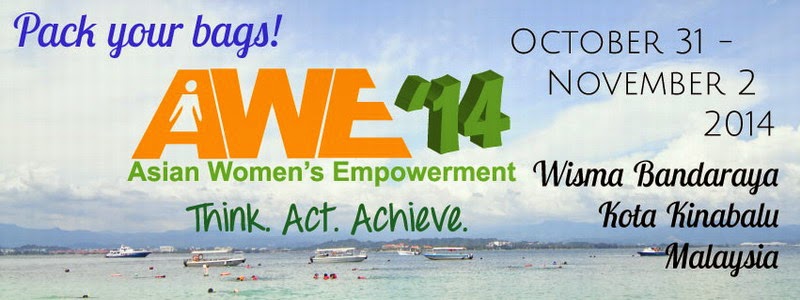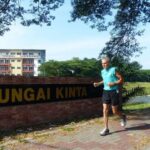Get in Touch with Nature in Sandakan, Sabah
Measuring slightly more than 2000 km² in land size, with a population of approximately 200,000 people, Sandakan is the second largest town in Sabah, after its capital city of Kota Kinabalu.
Tucked away in the Sandakan Peninsula in the Land Below the Wind, Sandakan was previously known as Elopura. It may not be as popular as Kota Kinabalu among holidaymakers but it is known as the gateway to some of the top eco-tourism destinations in the state of Sabah. Unsurprisingly, it is also recognised as The Nature City.
Up close with orangutans
Top on the list of eco-tourism points of interest is obviously Sepilok Orangutan Rehabilitation Centre, located at the edge of Kabili-Sepilok Forest Reserve, some 45 minutes by road west from Sandakan town.
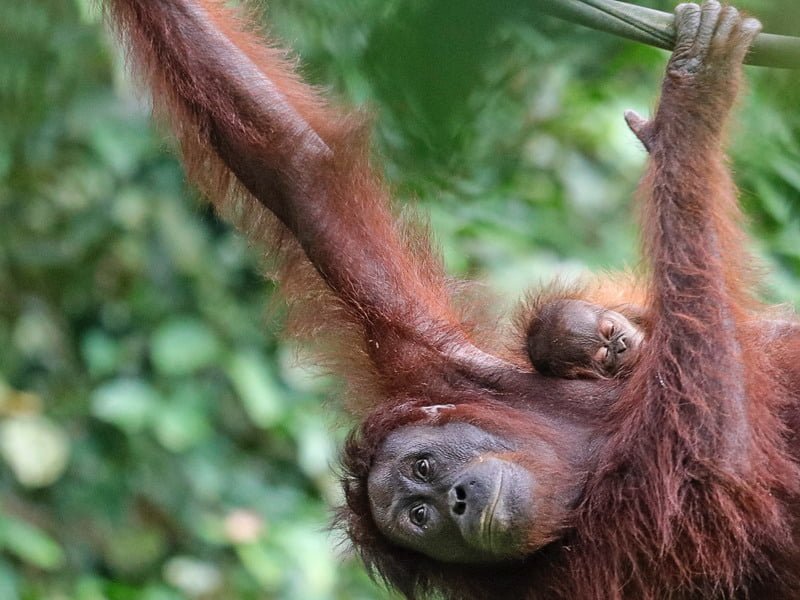
Sepilok was founded in 1964 by Barbara Harrison to rehabilitate orphaned orangutans. Sitting on 43 sq km of virgin lowland equatorial rainforest, orangutan inmates here include victims of timber logging, deforestation, or those kept illegally as pets. The orangutan, an endangered animal found only in Borneo, is a totally protected animal under the laws of Malaysia.
Visitors to Sepilok Orangutan Rehabilitation Centre, which is run by the Sabah Wildlife Department, are only allowed visual contact with the animals via the viewing platform, as it is supposed to be an educational visit.
The world’s smallest bear
Besides orangutans, another animal that has a rescue-cum-rehabilitation centre is the Malayan sun bear, at the Bornean Sun Bear Conservation Centre (BSBCC). Although the centre, which was opened to the public in 2014, shares the same entrance as Sepilok Orangutan Rehabilitation Centre, it is a separate non-profit organisation.

Malayan sun bears are the smallest bears in the world, and the second rarest bear species, after the giant panda. They are endemic to Southeast Asia. Similar to the orangutans, their existence is threatened by deforestation, as well as illegal hunting and poaching.
There are currently 43 rescued bears at BSBCC. Visitors are able to observe them in their natural habitat.
Get intimate with nature
Also located within Sepilok Rehabilitation Centre, the Rainforest Discovery Centre is an environmental education centre that offers visitors an opportunity to get close to Mother Nature via its nature experience programmes, from rainforest walks to boat rides.

One of the trails includes a 25-metre-high canopy walkway that stretches across treetops above the Kabili-Sepilok Forest Reserve, at a length of 347 metres. Being the venue for the annual Borneo Bird Festival, visitors can be certain to see some of the 300 different bird species, at the right season and time of day, as well as other wildlife.
Guided night walks are available at this most accessible rainforest in Sabah, for a chance to discover nocturnal wildlife such as civet cats, slow lorises and tarsiers.
Meanwhile, at the Plant Discovery Garden, check out the more than 250 species of orchids, plus pitcher plants and others.
Sabah’s iconic proboscis monkeys
Any animal lover on an exploration of Sandakan’s best eco-tourism destinations mustn’t dismiss the Labuk Bay Proboscis Monkey Sanctuary. Located some 50 minutes’ drive northwest of Sandakan town, this sanctuary is one of the best platforms to view Sabah’s iconic primate at close range, especially during feeding times.

Visitors to Labuk Bay Proboscis Monkey Sanctuary may well be entertained by proboscis monkeys leaping from tree to tree, or even swimming.
Endemic to the island of Borneo, especially in mangrove forests and swamps, the proboscis monkey is one of the largest species, instantly recognisable by its unusually large nose.
All about turtles
Some 40 kilometres north off the coast of Sandakan in the Sulu Sea are Selingan, Bakungan Kecil and Gulisan islands, collectively known as Turtle Island Park. As a safe haven for turtle landings, it provides opportunities to watch the green sea turtles and the smaller hawksbill turtles come ashore to lay eggs.
These eggs are then collected by park rangers and moved to a turtle hatchery, in a plan to boost the number of these endangered turtles. As this is a night activity, visitors need to stay the night on the island.
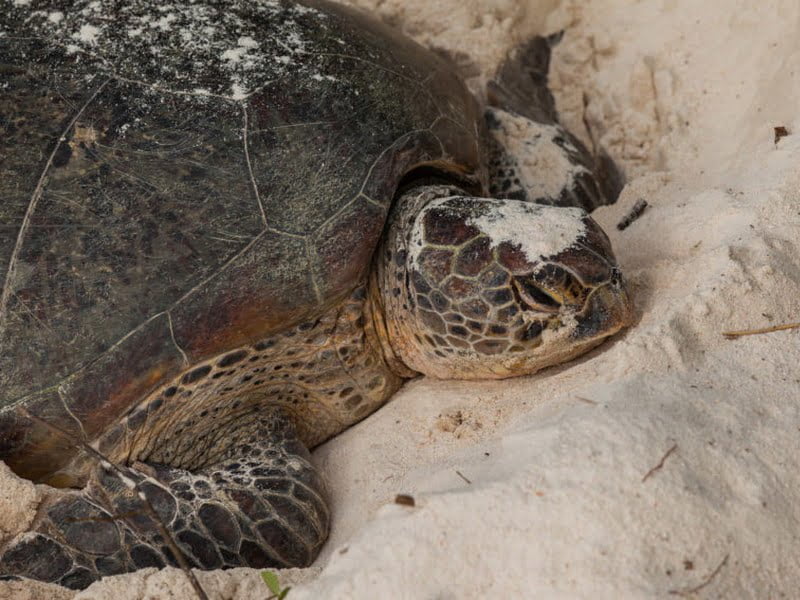
Besides egg laying and collection, visitors can also observe the tagging of mother turtles, as well as participate in the releasing of baby turtles into the sea. Do take note that permission to visit the Turtle Island Park is required and must be obtained from Sabah Parks beforehand.
So, there you have it; these five eco-tourism destinations should be high on the list of any nature-loving traveller who visits Sandakan.
Note: An edited version of this article is published in the September 2019 issue of Malindo Air in-flight magazine.
Note: View larger images by clicking on an image once this page has completely loaded. Then navigate by clicking on the right or left side of image.




